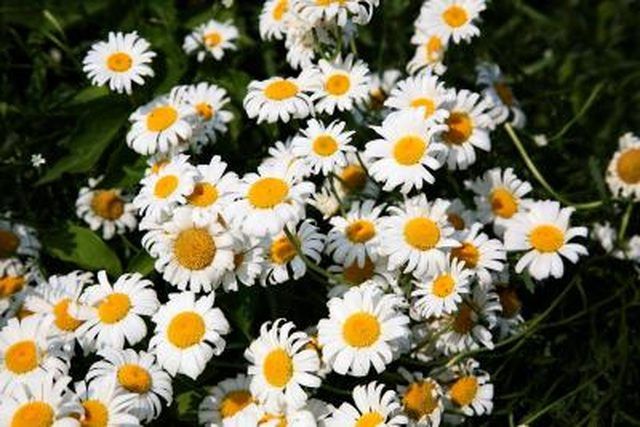Bulbs
Flower Basics
Flower Beds & Specialty Gardens
Flower Garden
Garden Furniture
Garden Gnomes
Garden Seeds
Garden Sheds
Garden Statues
Garden Tools & Supplies
Gardening Basics
Green & Organic
Groundcovers & Vines
Growing Annuals
Growing Basil
Growing Beans
Growing Berries
Growing Blueberries
Growing Cactus
Growing Corn
Growing Cotton
Growing Edibles
Growing Flowers
Growing Garlic
Growing Grapes
Growing Grass
Growing Herbs
Growing Jasmine
Growing Mint
Growing Mushrooms
Orchids
Growing Peanuts
Growing Perennials
Growing Plants
Growing Rosemary
Growing Roses
Growing Strawberries
Growing Sunflowers
Growing Thyme
Growing Tomatoes
Growing Tulips
Growing Vegetables
Herb Basics
Herb Garden
Indoor Growing
Landscaping Basics
Landscaping Patios
Landscaping Plants
Landscaping Shrubs
Landscaping Trees
Landscaping Walks & Pathways
Lawn Basics
Lawn Maintenance
Lawn Mowers
Lawn Ornaments
Lawn Planting
Lawn Tools
Outdoor Growing
Overall Landscape Planning
Pests, Weeds & Problems
Plant Basics
Rock Garden
Rose Garden
Shrubs
Soil
Specialty Gardens
Trees
Vegetable Garden
Yard Maintenance
The Best Fertilizer for Blooming Plants
The Best Fertilizer for Blooming Plants. All plants need three basic nutrients to grow: nitrogen, phosphorus, and potassium. A good fertilizer contains these three nutrients in amounts that benefit the plants. Flowering plants need a fertilizer blend that is higher in potassium.

All plants need three basic nutrients to grow: nitrogen, phosphorus, and potassium. A good fertilizer contains these three nutrients in amounts that benefit the plants. Flowering plants need a fertilizer blend that is higher in potassium.
Macronutrients
Nitrogen is responsible for producing new green growth in plants, while phosphorus helps with root development. Potassium helps strengthen plants and improve the health of flowers. These three elements are called macronutrients, because they are the three most important nutrients for all plants. They are represented on fertilizer packages by the letters N-P-K.
Choosing a Fertilizer
A good fertilizer ratio for flowering plants is 10-10-17, which indicates a higher amount of potassium. Using a granular timed-release formula assures that plants get steady access to these important nutrients. Water-soluble fertilizers are quickly absorbed, while organic fertilizers in the form of manure or bone meal may not contain enough of the nutrients that flowering plants need.
Potassium Facts
Potassium promotes more vigorous blooming in plants, but it is often in short supply as it leaches from the soil more quickly than other nutrients do, which makes timed-release fertilizers ideal, as they stay in the soil for up to 9 months.